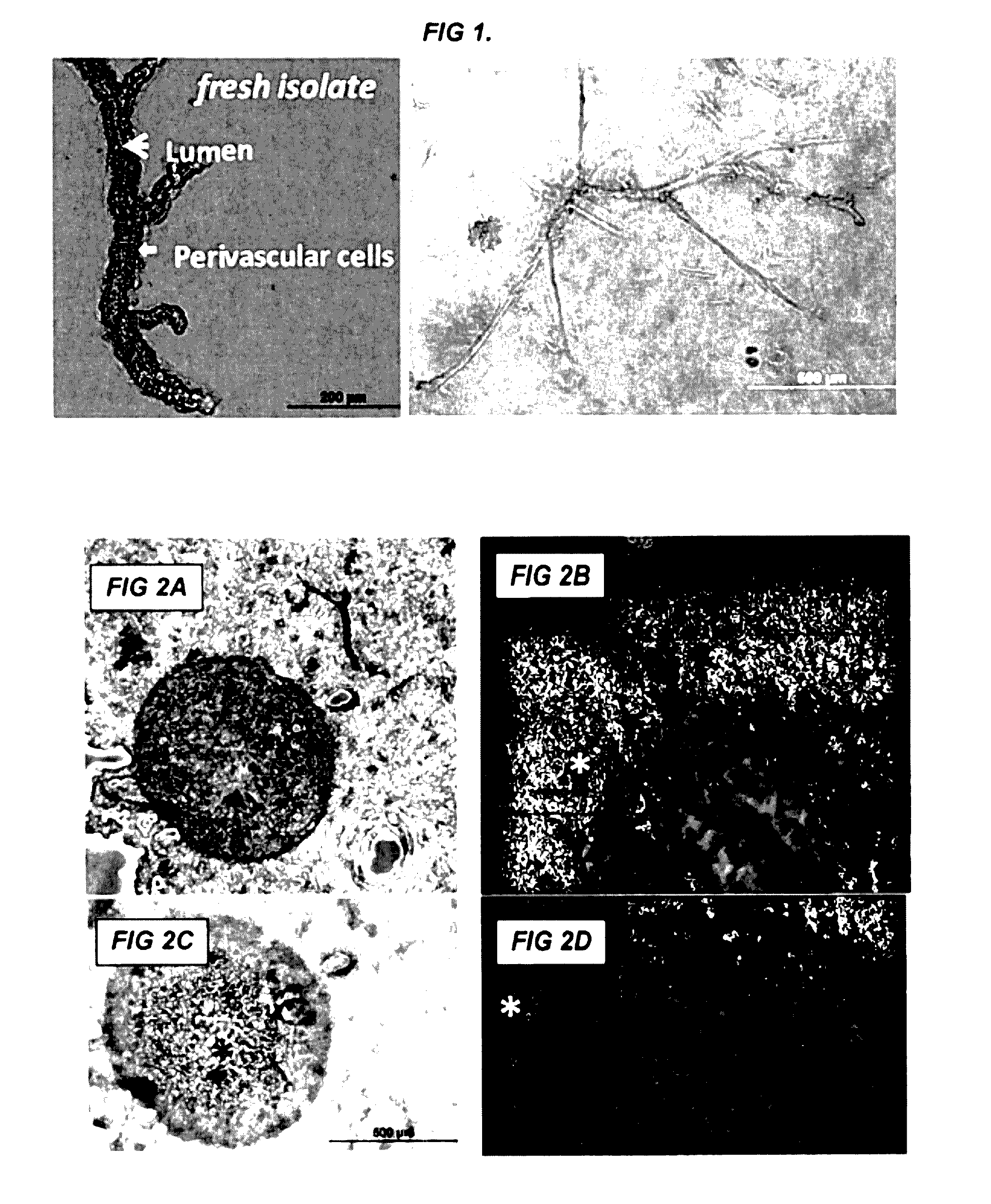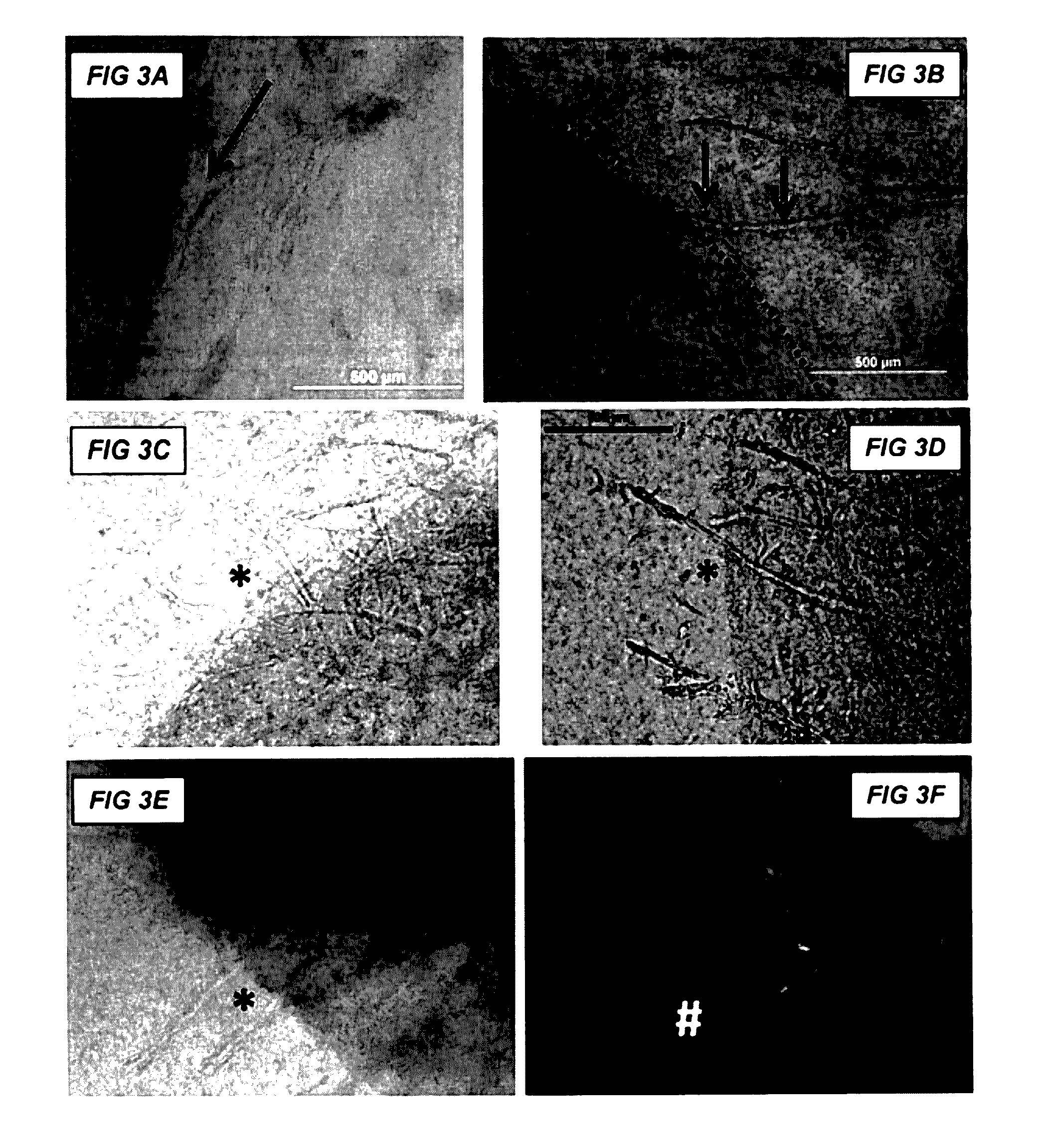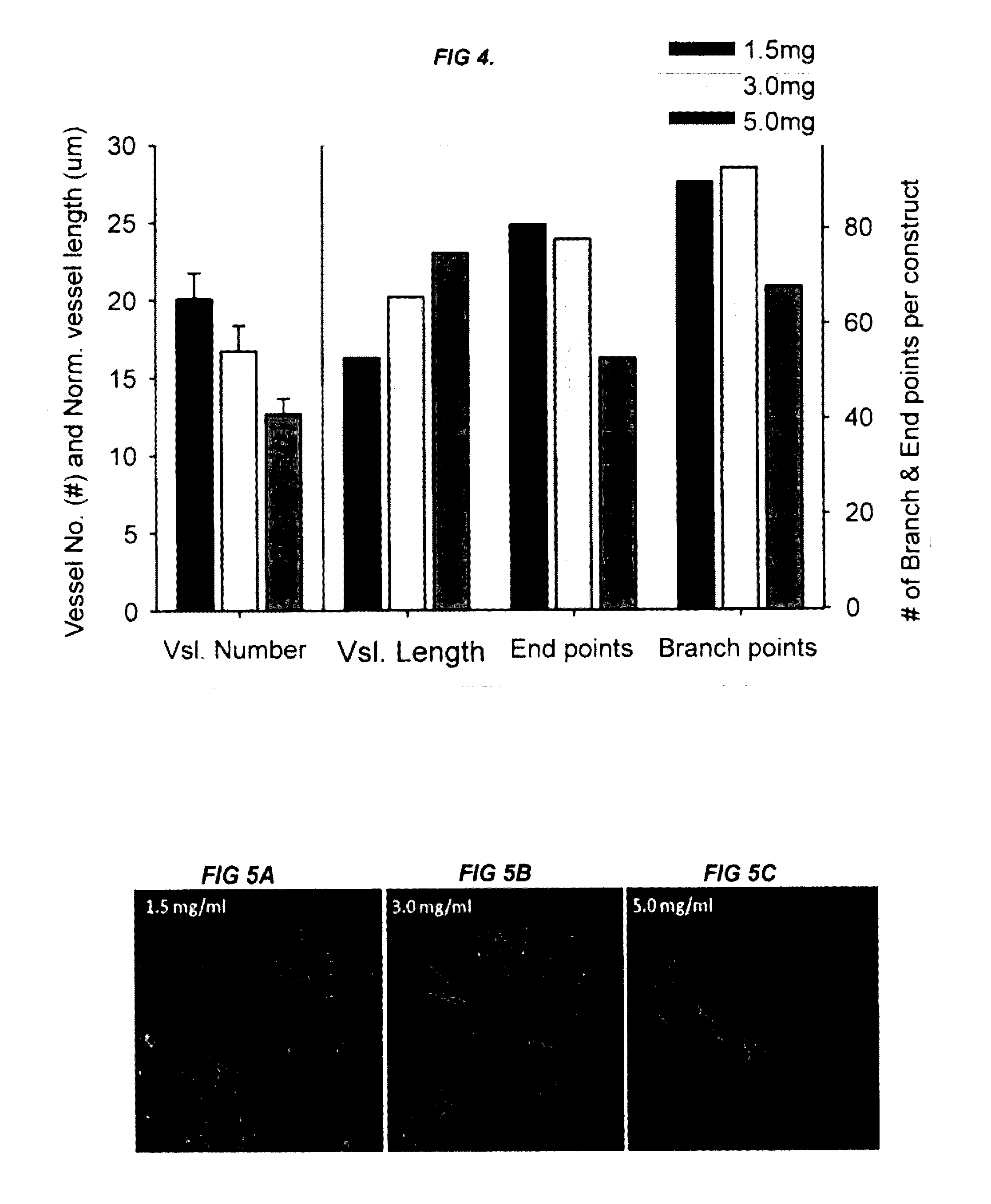Methods and compositions to support transplanted tissue integration and innosculation with adipose stromal cells
a technology of adipose stromal cells and compositions, applied in the field of tissue, organ and cell transplantation, can solve the problems of laborious growth of such constructs, limited amount of tissue that can be transplanted into a subject, etc., and achieve the effect of stimulating the integration of transplanted tissue and increasing tissue efficiency
- Summary
- Abstract
- Description
- Claims
- Application Information
AI Technical Summary
Benefits of technology
Problems solved by technology
Method used
Image
Examples
example 1
References for Example 1
[0331]Reference numbers in brackets “(#)” refer to the references listed in Example 1 are listed below. All references, patents and patent applications cited herein and throughout the specification are herewith incorporated by reference in their entirety.[0332]1. Ricordi, C., et al., Islet transplantation and results. 2009. p. 913-20.[0333]2. Guyton, A. C., Textbook of medical physiology. 8 ed. 1991: W. B. Saunders Company.[0334]3. Pinkse, G. G., et al., Integrin signaling via rgd peptides and anti-beta1 antibodies confers resistance to apoptosis in islets of langerhans. Diabetes, 2006. 55(2): p. 312-7.[0335]4. Planat-Benard, V., et al., Plasticity of human adipose lineage cells toward endothelial cells: Physiological and therapeutic perspectives. Circulation, 2004. 109(5): p. 656-63.[0336]5. Rehman, J., et al., Secretion of angiogenic and antiapoptotic factors by human adipose stromal cells. Circulation, 2004. 109(10): p. 1292-8.[0337]6. Yamamoto, N., et al....
example 2
References for Example 2
PUM
| Property | Measurement | Unit |
|---|---|---|
| density | aaaaa | aaaaa |
| density | aaaaa | aaaaa |
| density | aaaaa | aaaaa |
Abstract
Description
Claims
Application Information
 Login to View More
Login to View More - R&D
- Intellectual Property
- Life Sciences
- Materials
- Tech Scout
- Unparalleled Data Quality
- Higher Quality Content
- 60% Fewer Hallucinations
Browse by: Latest US Patents, China's latest patents, Technical Efficacy Thesaurus, Application Domain, Technology Topic, Popular Technical Reports.
© 2025 PatSnap. All rights reserved.Legal|Privacy policy|Modern Slavery Act Transparency Statement|Sitemap|About US| Contact US: help@patsnap.com



